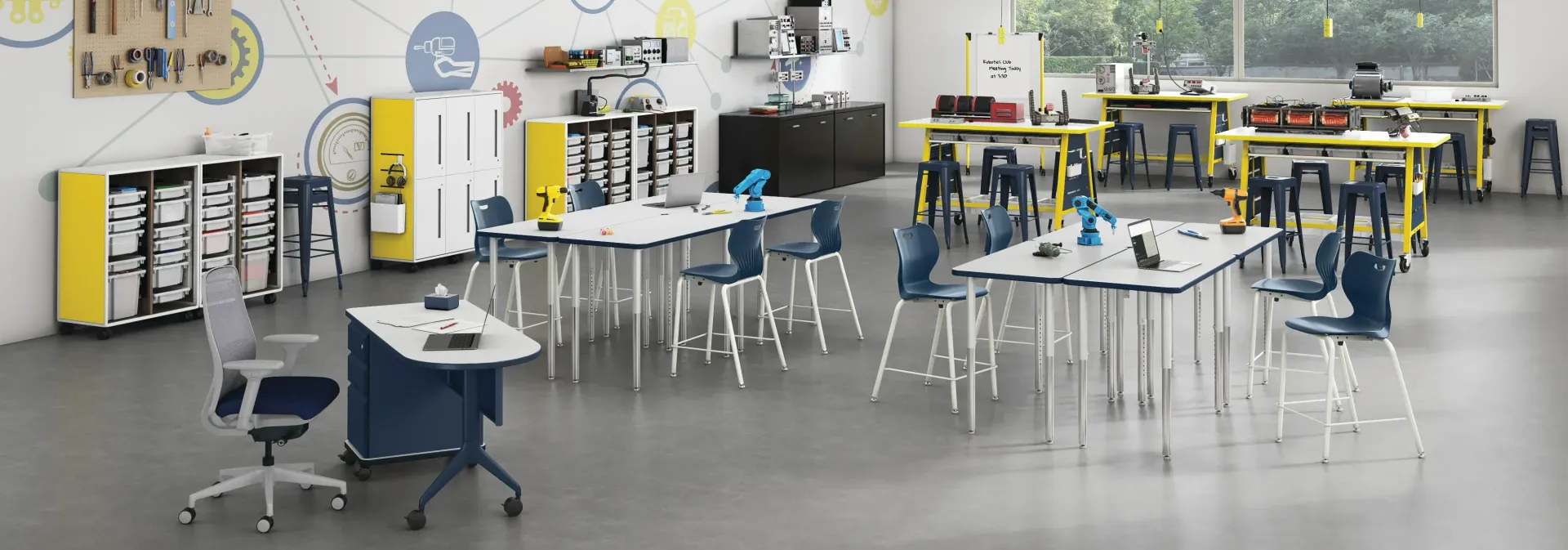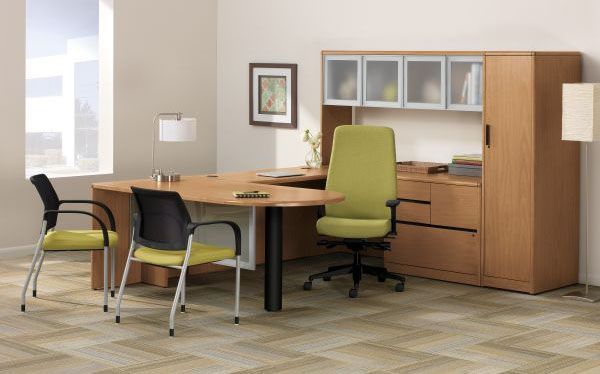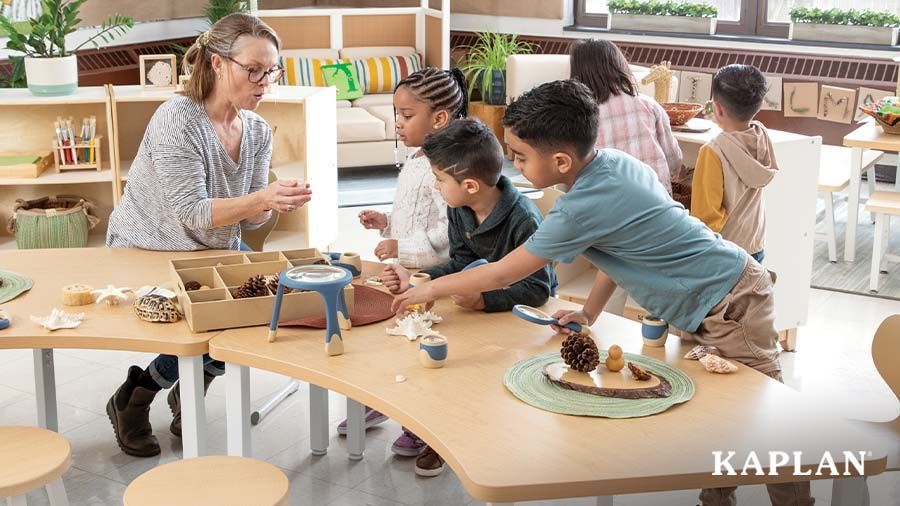Breaking Down the Classroom Desk Chair: 5 Key Considerations
The classroom desk chair is one of the most important pieces of furniture in an educational environment. Students spend up to 1,000 hours per school year sitting at their desks, making comfort, durability, and adaptability essential factors in selecting the right chair. The right chair supports engagement, posture, and overall well-being, helping students focus and perform better academically.

Here are five key considerations when selecting classroom desk chairs, along with recommended features to ensure an optimal learning experience.
1. Ergonomics: Supporting Proper Posture
Ergonomics plays a critical role in student comfort and concentration. Poorly designed chairs can lead to back pain, fatigue, and poor posture, all of which negatively affect learning outcomes. According to the National Institute of Health (NIH), proper ergonomics can reduce musculoskeletal strain and improve focus in students.
Recommended Features:
✔ Adjustable seat height – Allows for proper knee and hip alignment.
✔ Contoured backrest – Supports the natural curve of the spine.
✔ Flexible movement – Chairs with a slight rock or flex keep students engaged.
2. Durability: Built to Last
School chairs must withstand daily wear and tear from constant movement, stacking, and occasional rough handling. Investing in high-quality, durable materials ensures that chairs last for years without excessive replacements.
Recommended Features:
✔ Polypropylene or high-impact plastic seats – Scratch-resistant and easy to clean.
✔ Metal or reinforced composite legs – Provide structural strength.
✔ Anti-tip design – Prevents students from leaning too far back, reducing accidents.
3. Mobility and Flexibility: Adapting to Different Learning Styles
Modern classrooms are evolving into collaborative, flexible spaces, meaning chairs must adapt to different activities. Mobile, lightweight chairs allow students to reconfigure seating arrangements for group work, discussions, or independent study.
Recommended Features:
✔ Caster wheels or sled bases – Provide easy movement across floors.
✔ Stackable or nesting designs – Allow for easy storage and room reconfiguration.
✔ 360-degree swivel – Enhances engagement and participation.
4. Safety and Stability: Reducing Risk in the Classroom
Student safety is a top priority. Chairs should meet safety standards to prevent tipping, pinched fingers, or structural failures. According to the Consumer Product Safety Commission (CPSC), school furniture should be structurally sound and stable to prevent accidents.
Recommended Features:
✔ Non-slip rubber feet – Prevent sliding on smooth surfaces.
✔ Weight-balanced design – Reduces the risk of tipping over.
✔ Rounded edges – Prevents injuries from sharp corners.
5. Size and Age Appropriateness: One Size Doesn’t Fit All
Chairs should be age-appropriate, providing proper legroom and desk height alignment. A one-size-fits-all approach does not work, as elementary, middle, and high school students have different seating needs.
Recommended Features:
✔ Multiple seat height options – Chairs should match student growth stages.
✔ Wider seat base for older students – Ensures comfort for all body types.
✔ Color-coded sizing system – Helps schools quickly match chairs to grade levels.
Investing in the Right Chair for Learning Success
Selecting the right classroom desk chair is about more than just seating—it’s about enhancing learning, comfort, and classroom functionality. Schools should prioritize ergonomic support, durability, mobility, safety, and appropriate sizing to create an environment that supports student success.
By investing in well-designed, high-quality seating, educators can increase student focus, reduce distractions, and create a more adaptable learning space. A simple choice, like the right desk chair, can make a big difference in a student’s daily experience and long-term academic performance.



